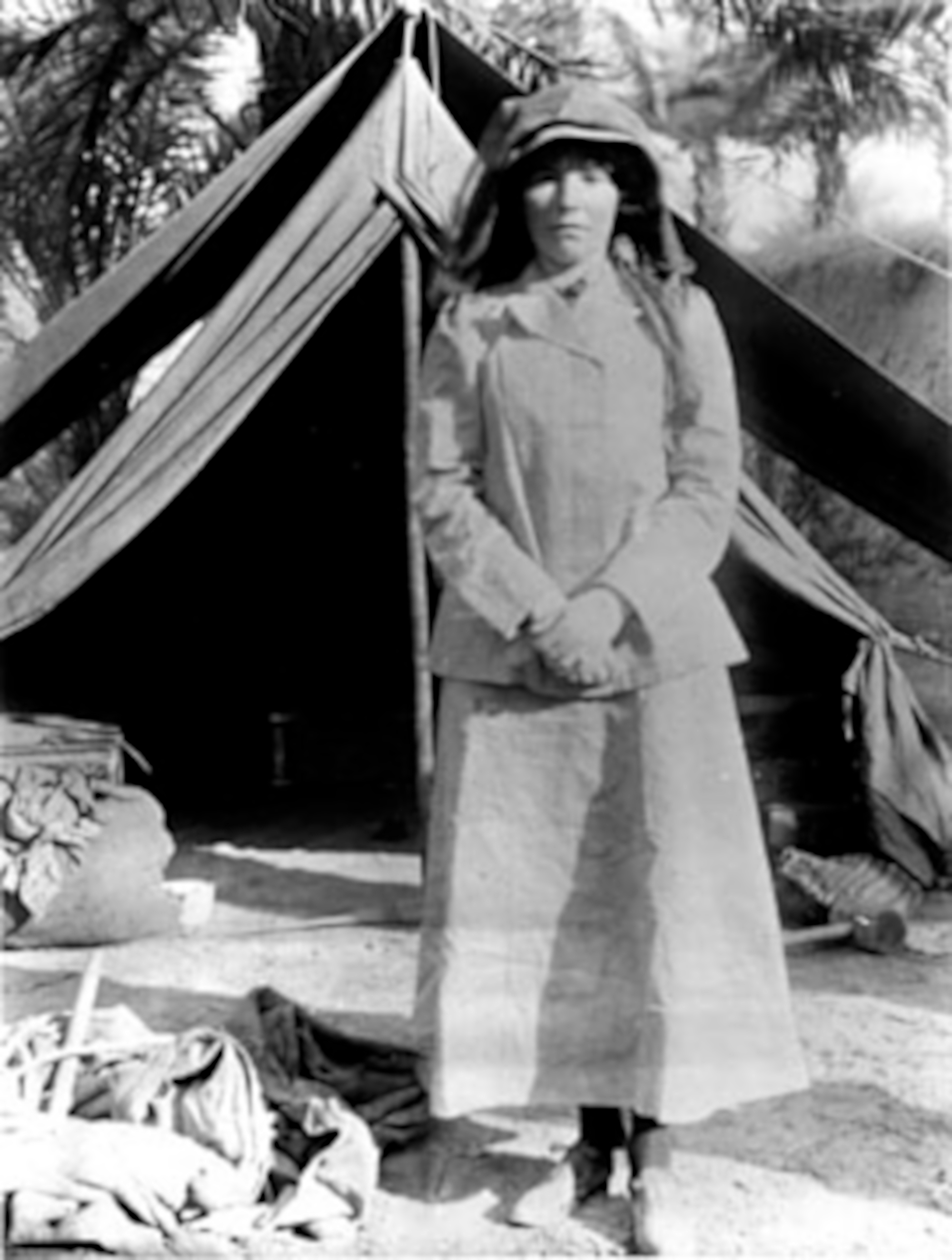
By Zoe
ArcherOne of the reasons I love writing unusual historical romance is the opportunity to do research. Most sane people don't relish the prospect of lurking through university libraries, searching for the perfect primary source--but I never said I was sane, just a writer. So it's not uncommon for me to pick a subject matter or location that I'm not familiar with, knowing that I'll have to do my research prowling.
When I started outlining
WARRIOR, right away I understood that I'd have to hie myself off to the library stacks and start reading up on the history and culture of Mongolia. I found a goodly amount of secondary sources, and even some first-hand travelers' accounts of contemporary Mongolia, but I wasn't just writing about Mongolia, I was writing about Mongolia in 1874. The country was a vastly different place over a hundred and twenty five years ago.
One day, in my hunt, I thought I struck research gold. It was a reprint of
Mongolia, the Tangut Country, by Colonel Nikolai Przewalski (also spelled Przhevalsky). I danced the little researcher's dance of joy. Przewalkski's book was originally published in 1875--only a year later than the year in which
WARRIOR was set. I wasn't too concerned about that year's difference. After all, the Mongol way of life did not and does not change very rapidly. I thought I was all set, with the mother of all primary sources.
You're probably wondering, who the heck was Przewalski? The bare bones of his life are this: he was born in 1839, a Russian nobleman of Polish descent. He gained fame as a geographer and explorer of Central and East Asia, and contributed greatly to Europe's understanding of those regions. He was also the first known European to see and describe the only existing species of wild horse. Today the species is known as the Przewalski Horse. Typhus cut his life, and explorations, short in 1888.
Imagine my glee to come across an edition of this esteemed traveler's book. Here was the writings of
the premier European explorer of the exact region I was writing about, and his observations doubtless dated from the exact time period, too. Since I strive to be as accurate as I can (within reason), I settled in with my notebook and pen, ready to take copious notes.
At first, that's exactly what I did. I wrote down everything Przewalski said about the capital city, Urga (now known as Ulan Bator), including the geographical layout of the city, noting where the Russians and Chinese had established permanent buildings in a city comprised almost entirely of tents. I noted his remarks about the custom of sharing tobacco, and how Mongols treated their animals. It was all so rich! So perfect for my needs!
But then, my pen slowed. Reading further, I began to be disturbed by what I thought had been an unbiased account of one European man's journey through Mongolia. Przewalski asserted that Mongols were...physically dirty. That they were shiftless liars. That the women of Mongolia were, to put it kindly, unchaste.
Nothing, and I mean
nothing of what I had read about Mongols and Mongolia confirmed this. Much of what Przewalski wrote seemed downright untrue, if not slanderous. It smacked of Eurocentrism and an Imperialist mentality.
I was surprised. Shocked, even. Here was a man who was so important to Western understanding of Central Asia that a very rare species of wild horse found only in the area was named for him. Yet he was writing things that, if they weren't outright lies, were certainly not unbiased and impartial.
This called into question everything that he had written. I felt that, in good conscience, I couldn't trust or rely upon a word in Przewalski's book. How could I, when his untruths and distortions littered the text?
With a heavy heart, I returned the book to the library, and started over with my research. It had been a difficult lesson, but an important one. No source is entirely reliable, especially now, when the internet makes it so easy to fabricate something we assume is "truth." From that point on, I made sure to double and triple check my sources, even books, those bulwarks of reliability.
Now, you'll have to excuse me. I hear the siren song of the library stacks calling my name. And I'll heed that song, but as a wiser and more cautious researcher.
 By Blythe Gifford
By Blythe Gifford.jpg) I didn't know what I didn't know until I got into the story and had to learn the "back story," if you will, of a whole country. And much of what I had to learn was what I had to UN-learn. In my time and place, whiskey, tartan, and clans did not exist.
I didn't know what I didn't know until I got into the story and had to learn the "back story," if you will, of a whole country. And much of what I had to learn was what I had to UN-learn. In my time and place, whiskey, tartan, and clans did not exist.






























